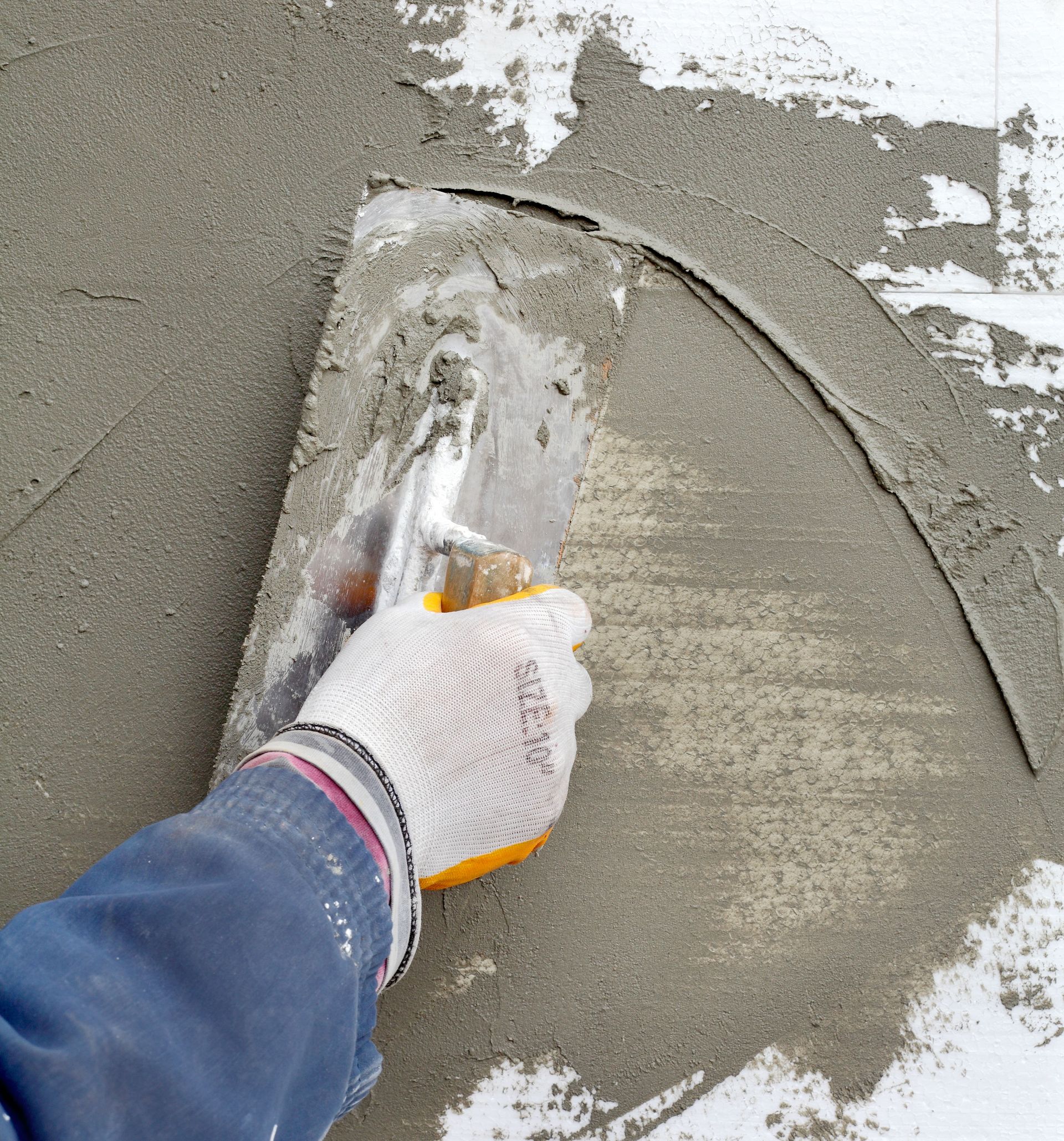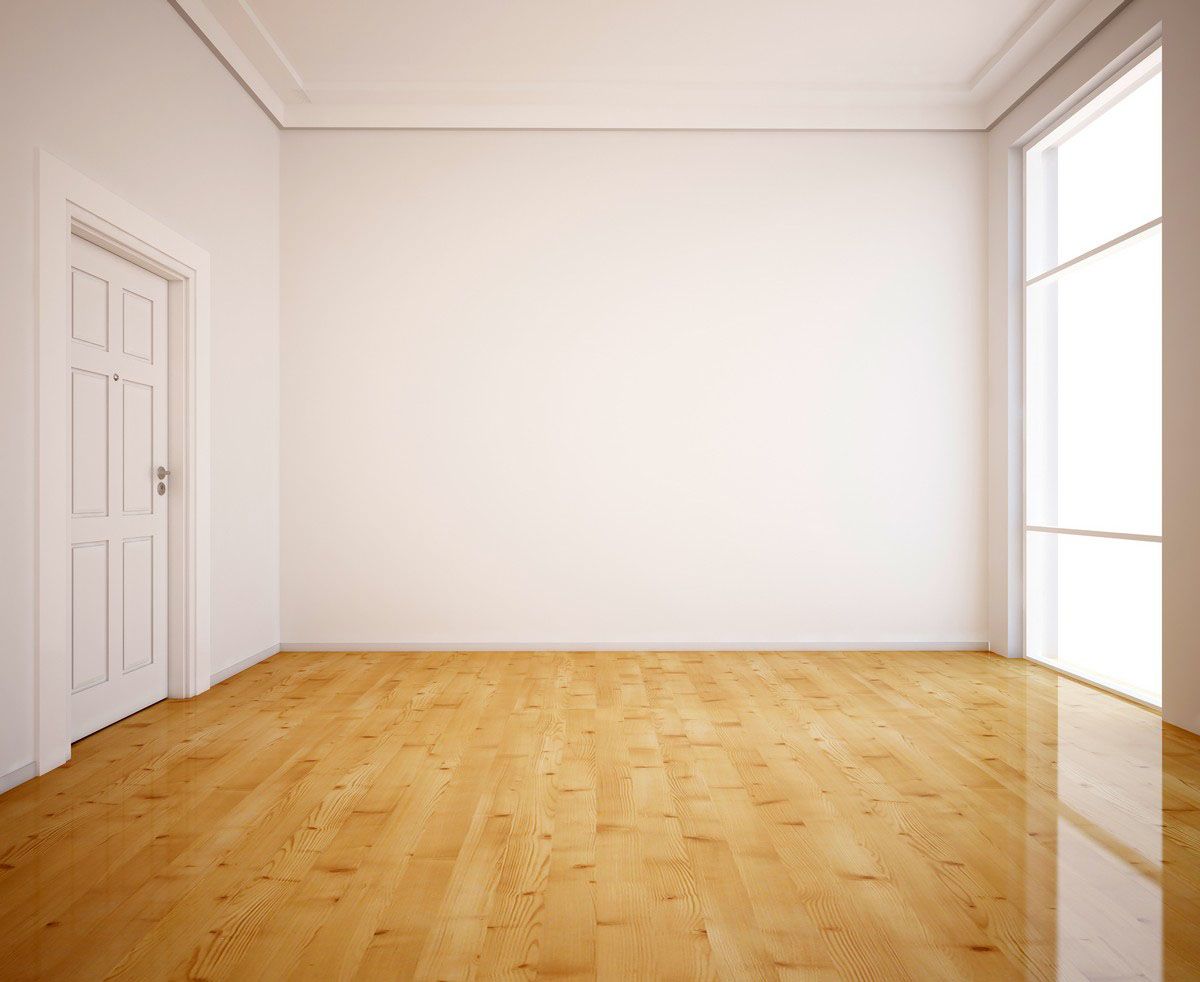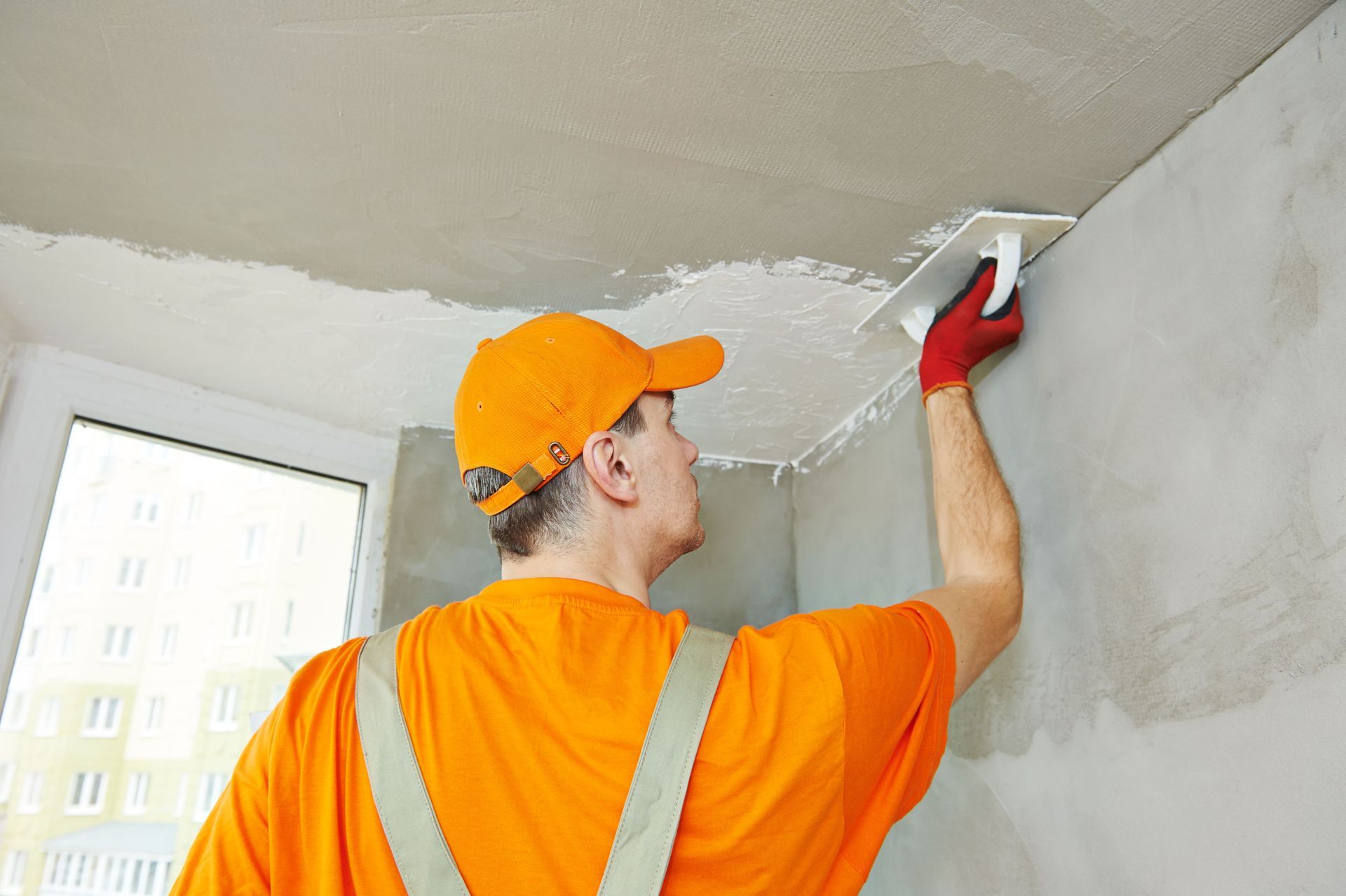Top Tips for Stucco Repair: Restore Your Homes Exterior Effectively
Stucco is a durable and aesthetic exterior finish, but over time, it can suffer from damage and wear. This article will guide you through the essential tips for stucco repair, ensuring your home's exterior remains both attractive and robust. We'll cover everything from assessing damage to applying the final coat, empowering you to carry out effective repairs. With the housing market under pressure, and a reported shortage of 3.7 million units in late 2024, according to IBISWORLD, maintaining existing homes is more critical than ever. Understanding and addressing stucco damage can help homeowners maintain property value and ensure their homes remain welcoming and safe.
Understanding Stucco Damage
Stucco, though remarkably resilient, is not immune to various types of damage. The most frequently encountered issues are cracks, which can range from superficial hairline cracks to deeper structural ones that compromise the stucco's integrity. Blisters are another common problem, forming when water gets trapped beneath the surface, creating localized bulges. Efflorescence is a less severe but unsightly issue, manifesting as a white powdery deposit left on the surface by evaporating water. Knowing these common forms of damage helps homeowners diagnose their stucco issues promptly and accurately.
Identifying these typical forms of damage early is crucial for maintaining your stucco surfaces effectively. Cracks, especially if left unaddressed, can expand over time due to environmental factors such as freeze-thaw cycles and seismic activities. Moisture intrusion through these cracks can exacerbate the damage, leading to larger and more costly repairs. Blisters signify underlying moisture problems that need to be resolved to prevent further deterioration. The appearance of efflorescence, while primarily a cosmetic issue, can indicate persistent moisture problems, requiring timely intervention to fix.
Regular inspection of your home's exterior is the first line of defense against these common stucco issues. By examining the surfaces closely for cracks, blisters, or discoloration, homeowners can record early signs of damage and monitor them over time. This proactive approach ensures that minor damages can be addressed before escalating into significant repair projects. Moreover, homeowners should pay attention to any changes in their stucco's appearance following severe weather events. Early identification and understanding of these issues significantly ease the repair process, saving both time and money.
Causes of Stucco Damage
Various environmental and structural factors can contribute to stucco damage, underlining the need for regular maintenance and timely intervention. Environmental factors such as extreme weather conditions play a significant role in the degradation of stucco surfaces. Heavy rain, hailstorms, and strong winds can wear down the surface, while freezing temperatures can cause expansion and contraction, leading to cracks. Furthermore, prolonged exposure to ultraviolet (UV) rays can cause the stucco to dry out and lose its color, leading to a weakened structure.
On the structural side, issues within a building's foundation or framing can also result in stucco damage. Poorly installed or maintained drainage systems can cause water to seep into the walls, leading to moisture intrusion, which is a major culprit behind stucco blisters and cracks. Additionally, the natural settling of the building can result in stress cracks forming along the stucco surface. Incorrect installation or using substandard materials can accelerate these problems, emphasizing the importance of professional installation and regular inspection.
Addressing the causes of stucco damage requires a comprehensive understanding of both environmental and structural influences. For homeowners, this means being vigilant about potential water intrusion. Ensure gutters and downspouts are functioning properly, keeping water away from building foundations, and promptly repairing any leaks or water damage. Employing high-quality materials and skilled workmanship during construction or renovation can significantly mitigate these risks, helping to preserve the integrity and appearance of stucco surfaces over time.
Inspecting the Surface Thoroughly
A thorough inspection of stucco surfaces is crucial in identifying repair needs accurately and effectively. This process involves checking for visible signs of damage, such as cracks, blisters, and discoloration, which indicate underlying issues requiring attention. It's also important to assess areas around windows, doors, and other penetrations where water ingress is most likely to occur. Using a moisture meter can provide further insight into hidden issues by detecting dampness not visible to the naked eye.
Conducting a detailed inspection requires both keen observation and the right tools. Homeowners should allocate sufficient time to examine every section of their stucco exteriors, noting any irregularities such as bulges or soft spots. These may suggest water damage or structural issues beneath the stucco surface, indicating the potential need for more extensive repairs. In some cases, it might be worthwhile to enlist professional inspection services to ensure that nothing critical is overlooked.
Prioritizing regular inspections as part of home maintenance can safeguard against costly future repairs and ensure the long-term durability and visual appeal of a home's exterior. This proactive strategy is not only cost-effective but can also be pivotal in preserving the home's value amidst a housing shortage environment.
Determining the Severity of Damage
Assessing the severity of stucco damage is a critical step in deciding the appropriate repair strategy. Damage falls into two broad categories: superficial, which can usually be fixed with minor repairs, and structural, which requires more extensive intervention. Superficial damage includes minor hairline cracks and discoloration, which can typically be addressed with simple patching or painting. Structural issues, however, may involve deep cracks, widespread spalling, or substantial water damage, requiring professional evaluation and handling.
Determining whether damage is superficial or structural involves a combination of visual inspection and professional assessment. While homeowners can identify most superficial damage, recognizing structural problems often demands expert intervention. For instance, deep cracks that penetrate through the stucco layer may affect the underlying substrate, necessitating a more comprehensive repair approach. Similarly, areas showing signs of mold or significant blistering can hint at moisture penetration issues that need to be addressed at their source.
For complex or widespread damage, seeking professional assistance is advisable. Professionals have the expertise to thoroughly assess the situation and recommend the best repair methods, ensuring both safety and longevity of the repair work. Understanding the extent of the damage early allows for more accurate planning and cost estimation, avoiding unforeseen expenses. In the context of housing shortages, maintaining the structural integrity of existing homes has grown increasingly significant, making professional evaluation a valuable step towards safeguarding property longevity and functionality.
When to Call a Professional
Knowing when to call a professional for stucco repair can save homeowners time, effort, and future headaches. While minor cracks and discoloration might be manageable with DIY efforts, situations involving extensive water damage, structural instability, or significant blistering fall beyond the typical skill set of most homeowners. Professional stucco repair services offer the necessary expertise and tools to address these complex issues appropriately. They can also provide targeted solutions for any contributing factors, such as poor drainage or foundational shifts.
Seeking professional help is also prudent when extensive exterior work is required, as improper repairs can lead to further damage and increased costs in the long run. For instance, if your home has experienced prolonged moisture exposure, only a professional can accurately assess the extent of any mold growth or structural weakening. Given the current housing shortages and increased pressure on existing homes, preserving the condition and value of your property through expert intervention becomes vital. Timely and professionally executed repairs can help maintain structural integrity and curb appeal, ultimately extending the life of your home's exterior.
Maintaining a stucco exterior requires vigilance, consistency, and an understanding of both the material's strengths and its vulnerabilities. Whether dealing with small cracks or more severe moisture-related issues, timely stucco repair is essential to preserving your home's durability, beauty, and overall value. In a housing market where every property counts, proactive care and proper stucco repair not only protect your investment but also ensure that your home continues to stand strong and look its best for years to come. For more information about the services that we offer, reach out to our incredible team at Stucco Done Right LLC today!





Share On: